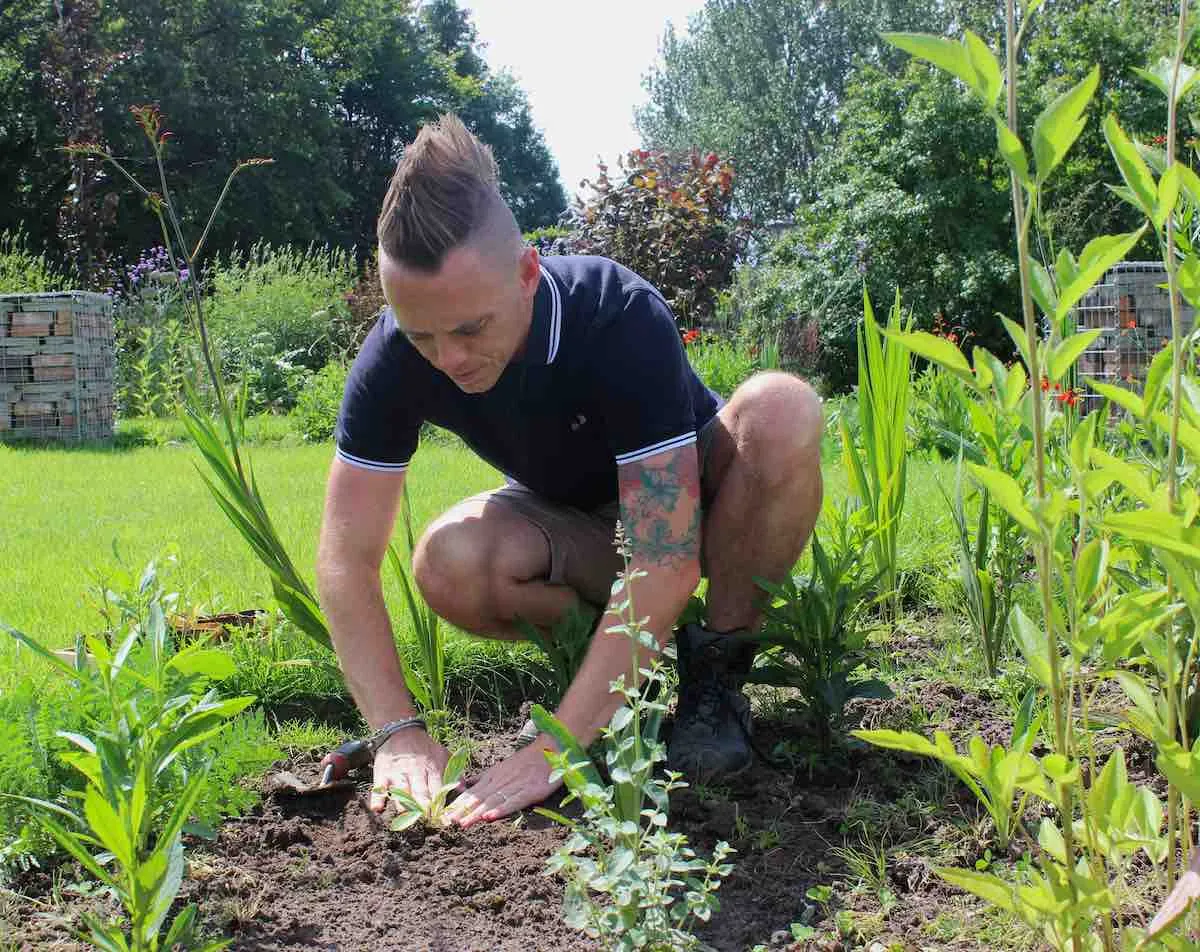Hi Julie,
Thanks for your question about moss covering your soil.
Moss is a wonderful and ancient plant genus. In fact it's one of the first plants ever to evolve.
Moss is a small, non-vascular, green plant that belongs to the division Bryophyta in the plant kingdom. Unlike most plants, mosses do not have true roots, stems, or leaves. Instead, they have simple structures that serve similar functions. They are in my opinion wonderful plants (if they are in the right place). Mosses typically have a simple structure consisting of leaf-like structures arranged around a central stem called a "seta."
They are usually found in damp locations where they can absorb due or moisture via their leaves, remember they have no root system like a regular plant.
However, this leads them to quickly colonise damp and part-shaded spots. Which in your case leads to large areas of moss.
The good news is it's easily removable with a rake or even better a light scarification. You can then compost the moss
Hire a scarifier from a tool station and use the video guide below. For most you only need the rake or very light scarification function to remove it.
https://youtu.be/8oeYfHJvmsQ
With your damp meadow Julie it would be best to plant species that like damo wet conditions. Like Meadowsweet and Ragged robin. The reason the flowers have kind of died out is probably competition from the grass. This is why we always cut a meadow 3 times a year and REMOVE grass cuttings to reduce fertility. More on meadows here.
https://youtu.be/9l0BI794eTk
I look forward to helping you with the rest of your garden on the consultation you've booked.
Speak soon
Lee
Hi Julie,
Thanks for your question about moss covering your soil.
Moss is a wonderful and ancient plant genus. In fact it's one of the first plants ever to evolve.
Moss is a small, non-vascular, green plant that belongs to the division Bryophyta in the plant kingdom. Unlike most plants, mosses do not have true roots, stems, or leaves. Instead, they have simple structures that serve similar functions. They are in my opinion wonderful plants (if they are in the right place). Mosses typically have a simple structure consisting of leaf-like structures arranged around a central stem called a "seta."
They are usually found in damp locations where they can absorb due or moisture via their leaves, remember they have no root system like a regular plant.
However, this leads them to quickly colonise damp and part-shaded spots. Which in your case leads to large areas of moss.
The good news is it's easily removable with a rake or even better a light scarification. You can then compost the moss
Hire a scarifier from a tool station and use the video guide below. For most you only need the rake or very light scarification function to remove it.
With your damp meadow Julie it would be best to plant species that like damo wet conditions. Like Meadowsweet and Ragged robin. The reason the flowers have kind of died out is probably competition from the grass. This is why we always cut a meadow 3 times a year and REMOVE grass cuttings to reduce fertility. More on meadows here.
I look forward to helping you with the rest of your garden on the consultation you've booked.
Speak soon
Lee
 Lee Burkhill: Award Winning Designer & BBC 1's Garden Rescue Presenters Official Blog
Lee Burkhill: Award Winning Designer & BBC 1's Garden Rescue Presenters Official Blog



